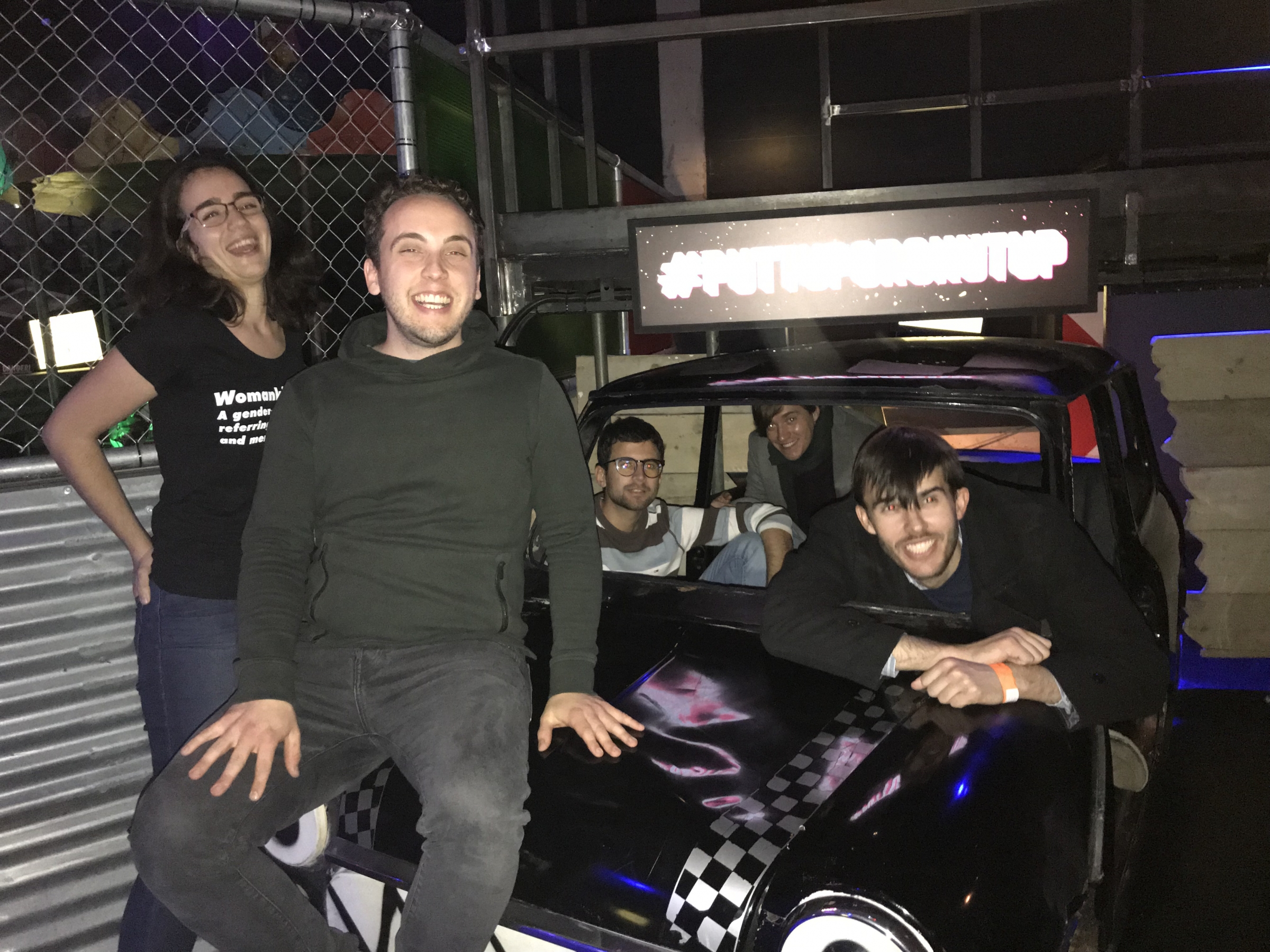Tonight, post-OPIG Group Meeting, most of us visited the local crazy golf course “Junkyard Golf” for some serious fun. Three groups of us teed off at different times, negotiating dimly lit Heath-Robinson/Rube Goldberg-style courses leading into bathtubs, past bears and through volcanoes. We’re not competitive at all (Serenity & Crunch) so it was a great surprise to learn at the end of our games that CW had won…

